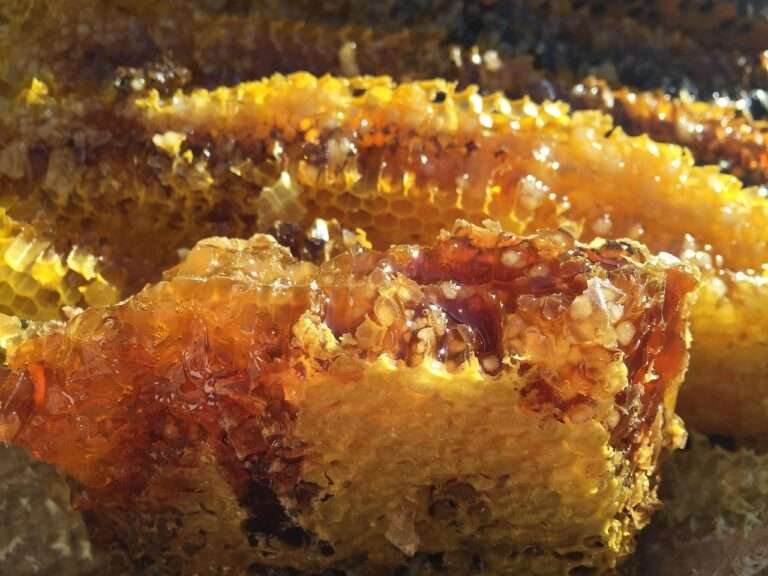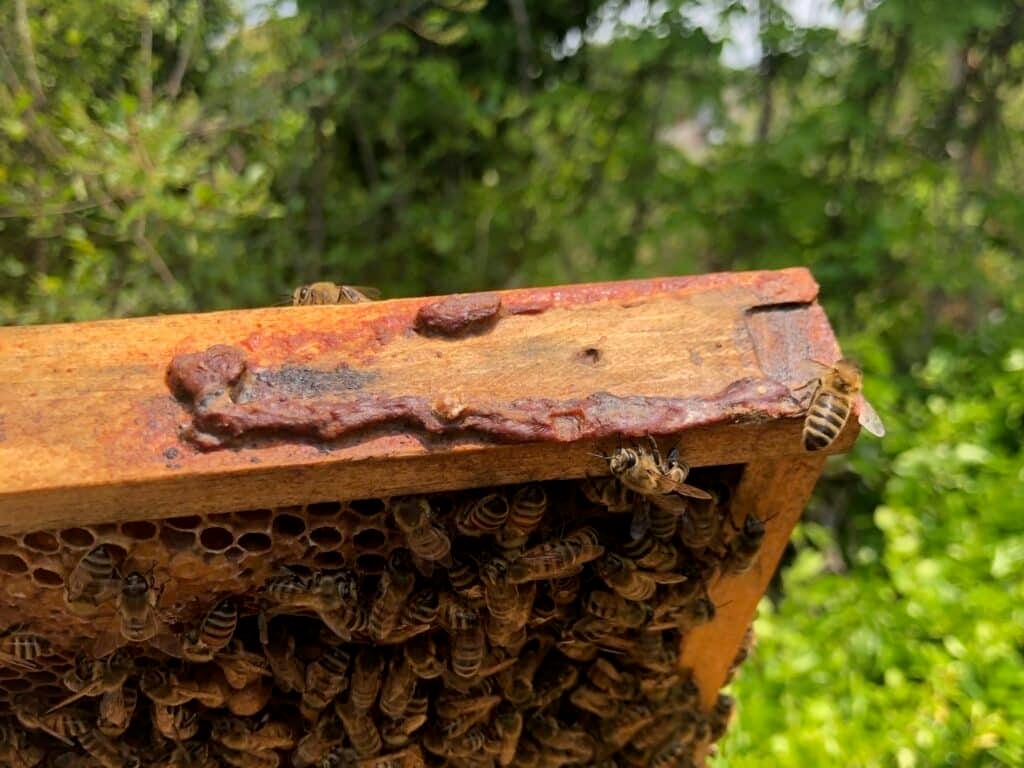Detecting honey adulteration with hyperspectral imaging
Hyperspectral imaging is highly effective in detecting honey adulteration, with studies consistently reporting classification accuracies above 95-98%, often rivaling or exceeding traditional chemical methods.
Effectiveness and Accuracy
- Recent research (2024-2025) shows that hyperspectral imaging, when combined with machine learning models, achieves classification accuracies of over 98% in distinguishing between pure and adulterated honey samples[1][2][3][4][5].
- One comprehensive study using artificial neural networks (ANN) and other machine learning techniques reported classification accuracy surpassing 98%—meaning that nearly all adulterated samples were correctly identified[2][5][3][4].
- Another large-scale system using cross-validation achieved an overall accuracy of 96.4%, demonstrating practical robustness[1].
- Binary and multi-class detection: These methods can accurately tell pure from adulterated honey and can also estimate the level of adulteration (such as 5%, 10%, or 25% added syrup), with accuracy consistently in the 95–98%+ range[2][6].
- Limitation: While accuracy is very high, some samples (typically between 2–10%) may be misclassified, particularly for specific honey types or low adulteration levels. Expanding datasets and refining models can further improve results[2][6].
- Advantages:
- Non-destructive: No need to alter, dilute, or destroy the honey sample.
- Fast and automated: Capable of rapid, high-throughput screening.
Practical Considerations
- Integration with machine learning: Hyperspectral imaging systems are most accurate when paired with advanced algorithms such as ANN, Support Vector Machines, Random Forests, and others, which analyze the complex datasets these scanners generate[2][3].
- Deployment: While hyperspectral imaging cameras remain expensive, they are increasingly accessible for industrial and regulatory labs and offer real-time, high-throughput screening potential—far faster than traditional wet chemistry/mass spectrometry.
In summary:
Hyperspectral imaging, especially when combined with machine learning, is among the most accurate, fast, and non-invasive methods for detecting honey adulteration.
It provides near-laboratory precision and can reliably guard against both accidental and intentional honey fraud, though proper calibration and comprehensive spectral libraries are necessary for best results[1][2][6].
⁂
- https://arxiv.org/abs/2507.23416
- https://journals.plos.org/digitalhealth/article?id=10.1371%2Fjournal.pdig.0000536
- https://pmc.ncbi.nlm.nih.gov/articles/PMC11164343/
- https://pubmed.ncbi.nlm.nih.gov/38857195/
- https://plos.figshare.com/articles/dataset/Accuracy_evaluation_report_/26005624
- https://link.springer.com/article/10.1007/s00217-022-04113-9
- https://www.sciencedirect.com/science/article/pii/S2405896316316202
- https://www.sciencedirect.com/science/article/abs/pii/S0260877419303164
Ad – Amazon Associate Store





